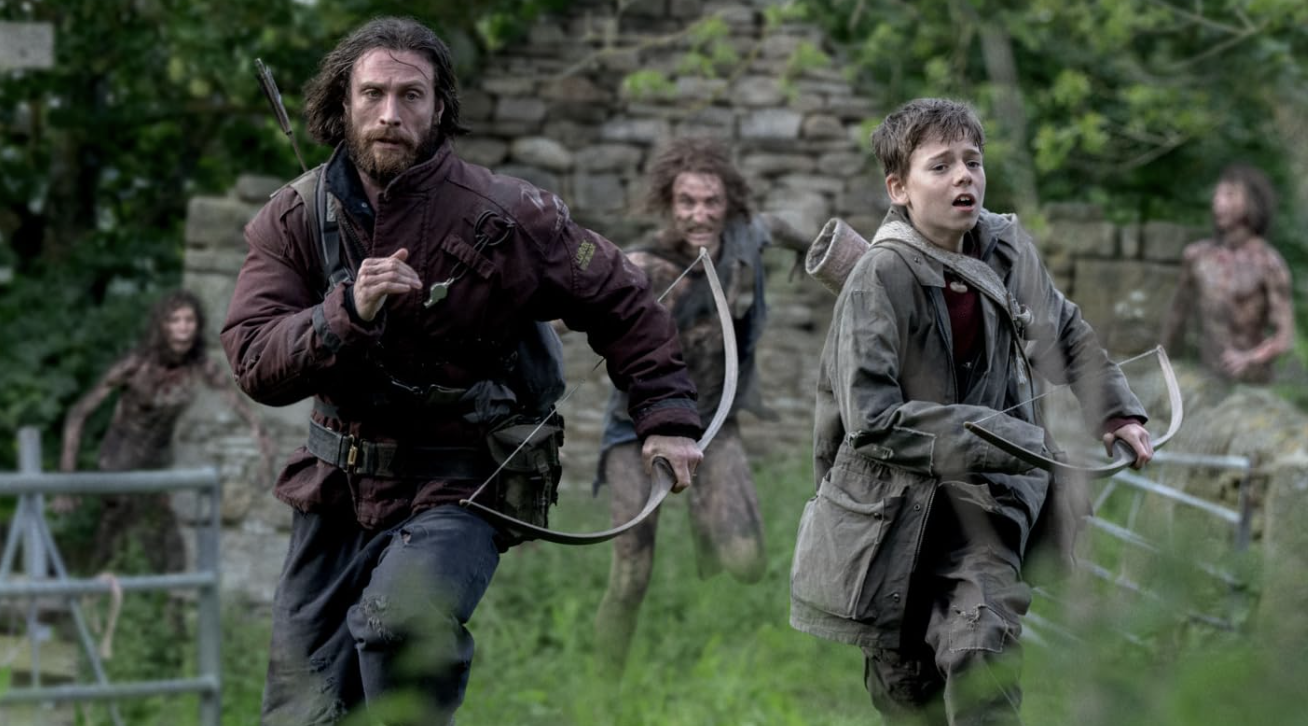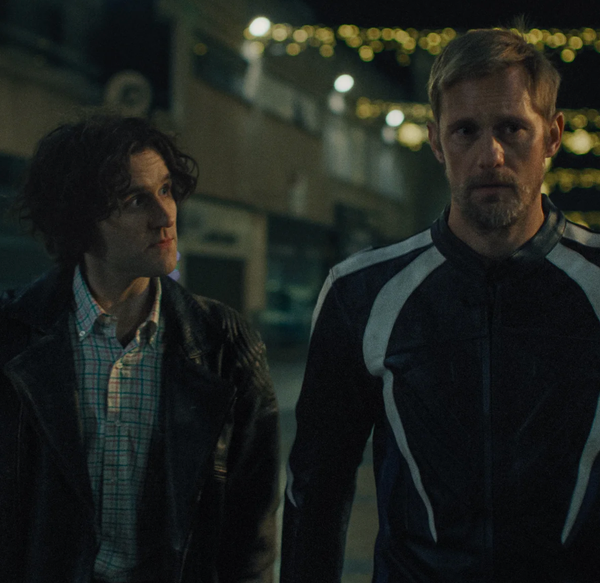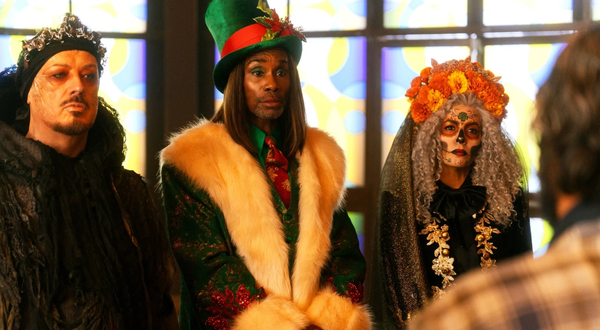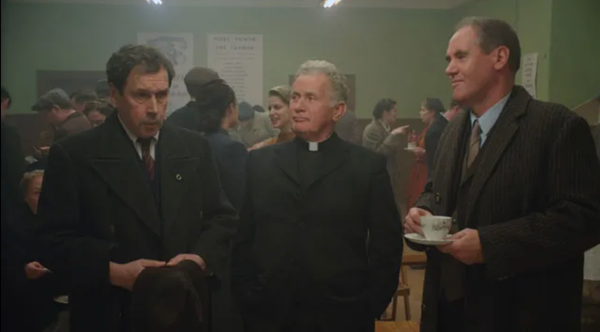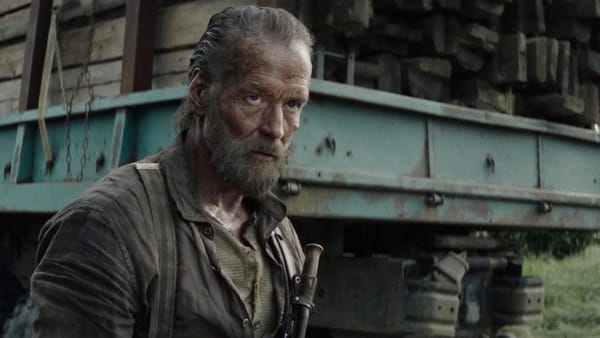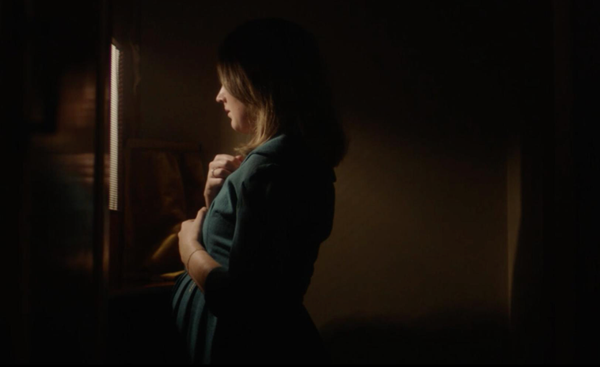June Butler flees the Rage Virus in her review of 28 Years Later, executive produced by Cork actor Cillian Murphy.
28 Years Later is the latest film in the franchise from the immensely talented director Danny Boyle. The first of the three, 28 Days Later, was made in 2002, followed by 28 Weeks Later in 2007. Boyle made the most of his recent shoot by filming the subsequent film back-to-back, titled 28 Years Later: The Bone Temple, which is due to be released in January 2026.
Film number three traverses a slightly different angle involving the lead protagonist. In the first, Cork actor Cillian Murphy plays Jim, a bicycle courier who, after an accident, wakes up in hospital to find the building deserted and the patients and staff gone. A chimpanzee infected with a deadly, highly contagious virus was released and has gone on to infect humans with the same syndrome. The disease spreads and mutates at lightning speed, hence the sudden and devastating onslaught of sickness and death. 28 Weeks Later accedes to much the same story – the Rage Virus is still evolving and spreading, people are dying in their thousands, and a tiny group of uninfected people are keen to stay that way and endeavour to make it to safety.
28 Days Later set the story in motion. 28 Weeks Later followed through on failings to stem the Rage Virus gaining traction. 28 Years Later steps into post-apocalyptic territory, trying to clean up the mess, stay alive and fight back with rigorous determination.
The film sets the scene from the outset, and is utterly horrifying. A group of children are seated in a room watching television. They flinch as sounds of yelling, thumps and loud banging can be heard from outside. What makes the scene even more macabre is the fact that they’re watching Teletubbies. The contrast between the billing and cooing of the show and the visceral cacophony from the hallway is palpable. A zombie enters and attacks the youngsters. A single child escapes, runs upstairs and is told by his terrified mother to flee and not return. She is then dragged back into a bedroom while the helpless boy can hear his parent being butchered. 28 Years Later certainly starts with a bang. A big one.
Released so many years after the first two, the intervening time has allowed the fanbase to grow. The zombies are a never-ceasing, pulsating wave of howling carnivores determined to consume those precious disease-free humans, and demand is at an all-time high. On the other hand, while supply may not be dwindling, the human population are understandably fairly determined not to become menu-fodder for the voracious havoc-wreakers. What is amazing about the chasers is just how quickly they move when roused. They are utterly relentless and completely focussed when dinner comes over the horizon.
What Boyle has done in all three films is gather a mismatched cohort of people with similar goals, all collectively keen not to be captured by the braying mob of zombies. It is less a nuclear family and more akin to selecting your own tribe – being among the individuals you can most rely on and staying loyal to that troupe of people.
A group of uninfected humans live on Lindisfarne (also known as Holy Island), a tidal island off the coast of north-east England. Among the throng is a family consisting of Jamie (Aaron Taylor-Johnson), his wife Isla (Jodie Comer), who is suffering from an unknown illness, and their twelve-year-old son Spike (Alfie Williams). Jamie appears to be a doting father to his young son and an attentive husband to Isla, who is descending into mental illness as her mysterious malady takes hold. Spike and Jamie leave Lindisfarne at low tide to seek out and hunt zombies on the mainland. It is a rite of passage for Spike – one the islanders feel he is too young for. Their entreaties are waved off by a confident Jamie, who is warned that if either he or Spike go missing, a search party will not be sent out to look for them. They are staring down the barrel of death and both know it.
The key to the success of 28 Years Later is the chemistry between the lead roles. Alfie Williams as Spike shines without respite. Great things lie ahead for Williams if he continues to follow this line of work. Aaron Taylor-Johnson plays his role to perfection, as loving partner and parent with feet of clay. Jodie Comer is a fine actor and never crosses the line between compassion for her plight versus maudlin and saccharine eking of sympathy. Danny Boyle finds the division between the two and never crosses it.
Roughly halfway through the film, Ralph Fiennes makes an appearance as a maverick doctor (in post-apocalyptic terms, his antics would definitely be enough to get him struck off the medical register), who has amazingly managed to survive on his own over the years between the original outbreak and now. Fiennes as Dr Kelson almost steals the show. One of the most wonderful actors of his generation, even entering the narrative so late in the story, Fiennes still succeeds in making audiences think he was there from the beginning. He is a powerhouse, and that is evident.
The ending of 28 Years Later has viewers a little divided. On a personal level, I felt it was deliciously bonkers. Now, the next film in the franchise is due to be released in January 2026, titled 28 Years Later: The Bone Temple, and I intend to be first in line to buy a ticket.
28 Years Later is in cinemas from 19th June 2025.

